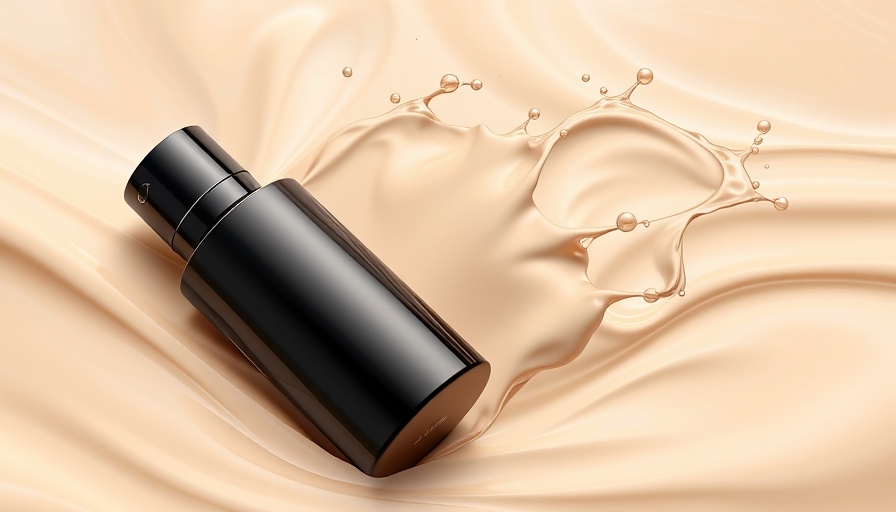
Granuloma Annulare: A Complicated Dermatological Condition
Granuloma annulare (GA) presents a perplexing challenge for dermatologists and aesthetic professionals alike. Despite being relatively common, the condition is marked by a limited understanding of its pathophysiology and a sparse repertoire of established treatments. MedSpa owners and managers seeking to expand their knowledge on today’s skincare challenges need to pay attention as therapeutic options are evolving, with new findings and treatments emerging to address GA's specialized needs.
The Role of Topical Corticosteroids
Topical corticosteroids have been a mainstay in managing GA, but their effectiveness can vary greatly depending on factors like the patient’s age and individual disease presentation. It’s crucial for practitioners to navigate the governance of these medications carefully, adjusting treatment plans to reduce the risk of side effects while optimizing patient outcomes. This personalized approach is essential in the aesthetic setting, where patient satisfaction is paramount.
Innovative Treatments: Janus Kinase Inhibitors
Emerging as vital treatment options are Janus kinase (JAK) inhibitors, with topical ruxolitinib cream demonstrating promising outcomes in refractory cases of GA. Recent presentations have showcased real-world evidence indicating that these therapies, initially approved for conditions like vitiligo and atopic dermatitis, can yield significant improvements for patients suffering from GA. As aesthetic professionals become more familiar with these therapies, they may consider incorporating JAK inhibitors into their practice.
Implications for Evolving Aesthetic Practices
As research continues to illuminate the potential benefits of off-label JAK inhibitors, the opportunity exists to refine treatment protocols for patients with resistant GA. The aesthetic industry thrives on innovation and responsiveness, making it essential for MedSpa leaders to keep abreast of these developments. Such knowledge not only equips practitioners to meet the growing demand for effective treatments but also empowers them to ensure the best possible patient outcomes.
Empowering Aesthetic Professionals through Education
The complexity of granuloma annulare reflects the ever-evolving nature of dermatology and aesthetic medicine. By staying informed about the challenges and advancements in treatment, MedSpa professionals can position themselves as knowledgeable leaders in their field, ready to address the diverse needs of their clients. Continuous education in dermatological innovations is thus critical, fostering a practice environment that prioritizes patient well-being and satisfaction.
 Add Row
Add Row  Add
Add 

 Add Element
Add Element 


Write A Comment